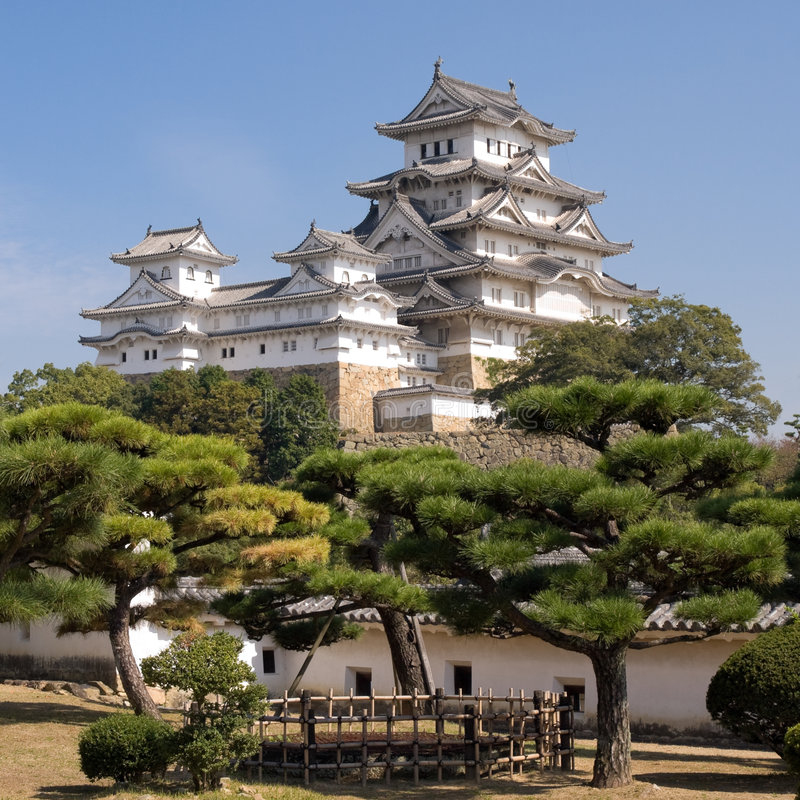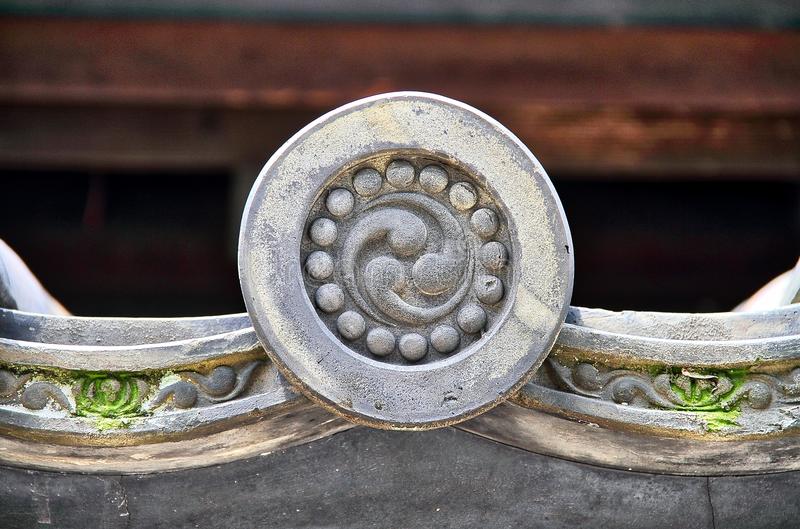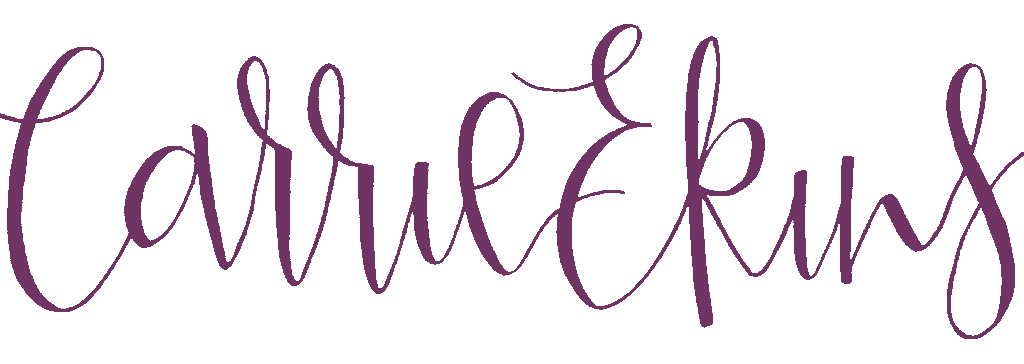A story of my love of Japan and how it inspired my logo
Everyday we’re met by a barrage of signage. Brand names, logos, packaging, you know the sort of thing. As your eye scans the room in front of you, you’ll probably spot one or two right now.
Whether you’ve noticed it or not, I’ve been using the same logo since I became a ‘professional’ massage therapist, and there’s a nice little story about it that I fancied sharing. So grab a cuppa and gather ‘round.
Ever since I was little, I wanted to travel. Japan was high up on my list. It was the lure of the mystical Orient. Japan had Ninja, Geisha and Samurai. In my young mind, it couldn’t be any more different from suburban London and I was giddy by the thought of drinking it all in.
You can tell how desperate I was to see the world by this fact. At the age of 18 I was forbade by my mother to take a gap year! FORBADE! Ha! She said if I went before University I’d never come home to do my degree.
Anyhoo, she was a smart cookie, my ol’ mum. By the time end of my twenties, I’d spent more time out of the country than home! And yes, in that time I went to Japan.
Did I like Japan?
I loved it! Culturally, it felt so familiar and yet once you scratched the surface of that glossy sheen, it was full of customs and foods unlike any I’d experienced before. It was one of the few places I’ve visited that has ever given me full blown culture shock!
Along the east coast of Honshu is a castle named Himeji. It’s one of your archetypal Japanese fortresses. From its imposing position on a hill the towering fortifications gleam white, it’s also known as the White Heron Castle, which makes sense if you squint as you look at it! The castle complex is made up of many buildings that wind up the hill towards the castle keep.
As different feudal families expanded and repaired the castle they left their mark. Whilst making repairs to the roofs they would add either their own crests, or those that represented elements of the Shinto religion, by having them stamped into the round end tiles. I loved how the changing ownership added to the history rather than trying to erase previous occupants.

Of the many designs the one I liked best looked like three commas wrapping around in a circle, surrounded by many dots. On my return home I did some research and found it to be a common symbol called Mitsu Tomoe. Mitsu means three. Tomoe means flames. As with most kinds of iconography there are a couple of interpretations. In the Shinto tradition mitsu tomoe commonly represents the interaction and union of cosmic forces. These are sometimes referred to as ‘the high plain of heaven’, earth and man. It’s often used as a dedication to Hachiman, the kami of Warriors, as a symbol of courage and strength.
When you think about it, throughout different cultures and religions, not to mention over Millennia, we see the recurrence of the symbolism of three don’t we? For example: Mind, Body & Spirit; Heaven, Earth & Hell; Father, Son & Holy Spirit; Earth, Sea & Air.

At the time I came across the interpretation as Yin, Yang and Mu – the dark, the light and the nothingness in between. This struck me as being pleasing, because even though our divinity often works in threes, there’s a tendency for humans to get stuck in binary thinking. Yes or No, Bad or Good…y’know, that kind of thing. We can get ourselves into some sticky either/or situations!
Mu however…the nothingness in between. Well, there was something to ponder.
What happens in the gap between stimuli and response? The magic, that’s what happens. It’s the pause, the breath, the dawning of realisation, the processing of new information and the letting go of old gunk. Creating space for Mu, I would suggest, is the most commonly overlooked yet wildly important thing we can do for ourselves.
It’s the difference between treading the same path and creating a new behaviour. It’s the moment of choice, do we perpetuate our learnt beliefs or make room for something new to flourish?
Here’s how I like to encourage the Mu: Breathwork, coming back into the breath, allowing ourselves to sink into the belly. Sensation, taking a moment to feel into our body whilst we make a choice – does it feel good, or does it feel icky? Drinking water – instead of feeling hurried for an answer, have a drink, feel the water slide down your throat as a way of creating a gap if you think you may be heading for a knee jerk reaction.
I know I’ve written about it before, but adopting a position of ‘well that’s inconvenient’ has served me well when I’ve come up against behaviour that could, if I allowed it, rattle my cage. Settling on ‘inconvenience’ takes the emotional sting out of a situation and gives a brief respite in which I can consider why such ‘inconvenience’ may have arisen.
Mu might look differently to you, it may be about digital free days, or putting the phone to one side for a couple of scroll free hours. It may look like creating time for art or reading. Mu can even look like having a bath in the middle of the day! Or simple mindfulness or breathwork techniques.
Tell me what you think, and if you have any stories of travels to Japan, I’d love to hear, you can email me here
Big love,
Carrie
